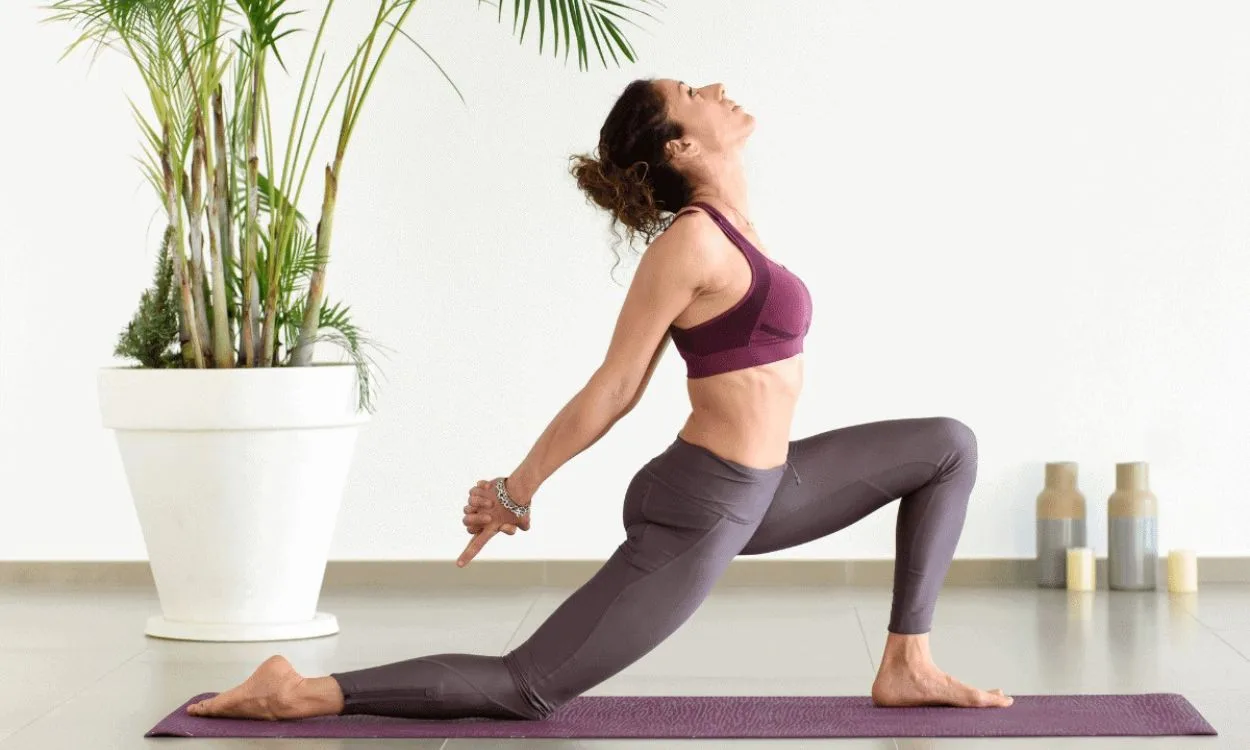Can yoga improve knee joint range of motion?
Yoga has been practiced for centuries and is known for its numerous physical and mental health benefits. One area where yoga can have a significant impact is in improving knee joint range of motion. By engaging in regular yoga practice, individuals can experience increased flexibility, strength, and stability in their knee joints. In this article, we will explore how yoga can improve knee joint range of motion and provide insights into the specific yoga poses that can be beneficial for this purpose.
Understanding the Importance of Knee Joint Range of Motion
Before delving into the ways yoga can improve knee joint range of motion, let’s first understand why it is important to have good flexibility in this area. The knee joint is a complex structure responsible for supporting our body weight and facilitating various movements, such as walking, running, and bending. Limited range of motion in the knee joint can lead to stiffness, discomfort, and an increased risk of injuries.
Maintaining and improving knee joint range of motion is crucial for individuals of all ages, especially for athletes, older adults, and those recovering from knee injuries or surgeries. Yoga offers a holistic approach to enhancing flexibility, stability, and function in the knee joints, making it an ideal practice for promoting overall joint health.
How Yoga Improves Knee Joint Range of Motion
Yoga is a mind-body practice that combines physical postures, breathing exercises, and meditation. Through a series of gentle and controlled movements, yoga can help increase flexibility and strength in the muscles surrounding the knee joints. Here are some ways in which yoga can improve knee joint range of motion:
- Stretching and Lengthening Muscles: Yoga poses involve various stretches that target the muscles around the knees, such as the quadriceps, hamstrings, calves, and hip flexors. Regular practice can help lengthen these muscles, reducing tension and improving flexibility.
- Joint Mobilization: Yoga poses often involve controlled movements that gently move the knee joint through its full range of motion. These movements help lubricate the joint, increase synovial fluid production, and improve overall joint mobility.
- Strengthening Supporting Muscles: Yoga is not only about stretching but also about building strength. By engaging in yoga poses, you can strengthen the muscles that support the knee joint, such as the quadriceps, hamstrings, glutes, and calf muscles. Strong muscles provide better stability and protection for the knees.
- Improved Body Awareness: Yoga encourages body awareness and mindfulness. By focusing on your body’s alignment and sensations during yoga poses, you can develop a better understanding of your knee joints and learn to move them in a safe and controlled manner.
Recommended Yoga Poses for Improving Knee Joint Range of Motion
Now that we understand how yoga can benefit the knee joints, let’s explore some specific poses that are particularly effective in improving knee joint range of motion. It is important to note that individuals with knee injuries or conditions should consult with a healthcare professional or a qualified yoga instructor before attempting these poses:
- Extended Triangle Pose (Utthita Trikonasana): This pose stretches the hamstrings, calves, and inner thighs, while also strengthening the legs and improving balance.
- Warrior II Pose (Virabhadrasana II): Warrior II pose engages the quadriceps and hip muscles, improving stability and flexibility in the knee joints.
- Bridge Pose (Setu Bandhasana): Bridge pose helps stretch the hip flexors and quadriceps, while also strengthening the glutes and hamstrings. It can enhance flexibility and stability in the knees.
- Child’s Pose (Balasana): This gentle resting pose allows for a deep stretch in the hips, thighs, and ankles, promoting relaxation and relieving tension in the knee joints.
These are just a few examples of yoga poses that can help improve knee joint range of motion. It is important to practice yoga regularly and consistently to experience the full benefits. Additionally, it is recommended to perform these poses under the guidance of a qualified yoga instructor to ensure proper alignment and prevent any potential injuries.
The Fitpaa App: Your Companion for Achieving Health and Fitness Goals
While yoga can be a valuable practice for improving knee joint range of motion, it’s important to have a holistic approach to overall health and fitness. Fitpaa is a comprehensive health and fitness app that can support you in achieving your goals. With Fitpaa, you gain access to a personalized health and fitness team, including a fitness planner, fitness coach, nutritionist, and doctor.
Fitpaa offers a range of features and services, such as a tailored fitness plan, sustainable diet plan, and recovery plan. The app provides guidance and tracking tools to help you follow your fitness goals, including a virtual workout trainer, diet tracker, and performance tracker. Fitpaa also incorporates real-time guidance technology inspired by cognitive behavioral therapy, ensuring you stay motivated and inspired throughout your fitness journey.
To experience the benefits of Fitpaa and transform your health and fitness, download the Fitpaa app today. Our mission is to help you achieve your goals with guaranteed results. With Fitpaa, you’ll have the support you need to lead a fit and healthy life while taking care of your loved ones. Start your journey towards a healthier you with Fitpaa!
NOTE: The information provided in this article is for educational purposes only and should not be considered as medical advice. Consult with a healthcare professional before starting any new exercise or fitness program, especially if you have pre-existing knee conditions or injuries.









